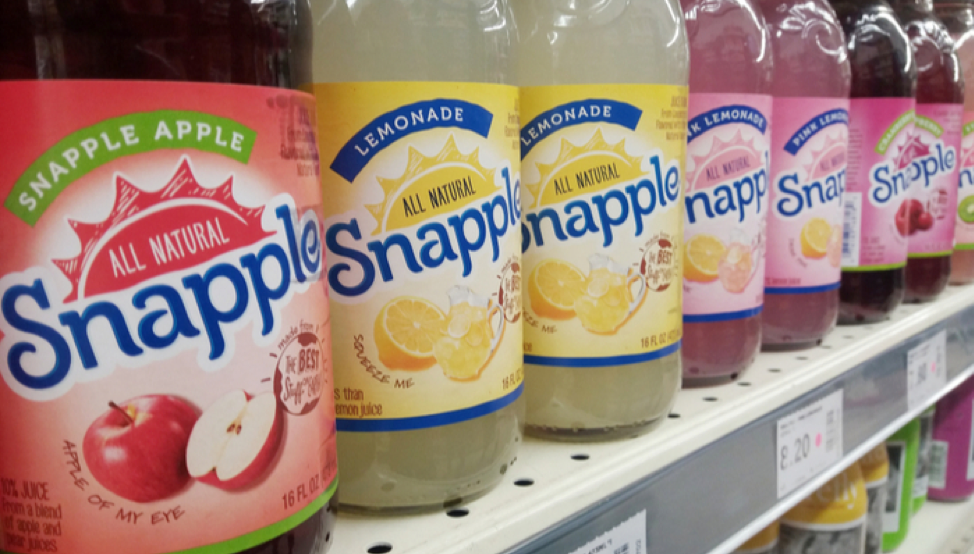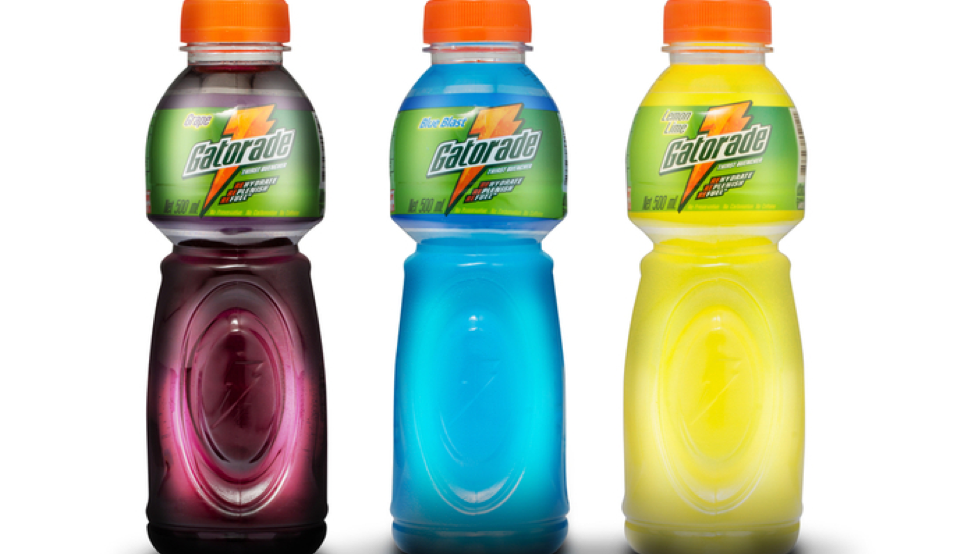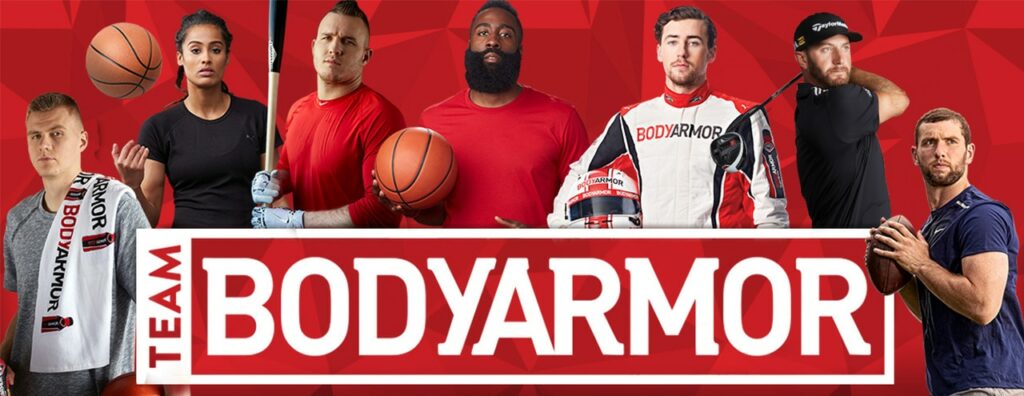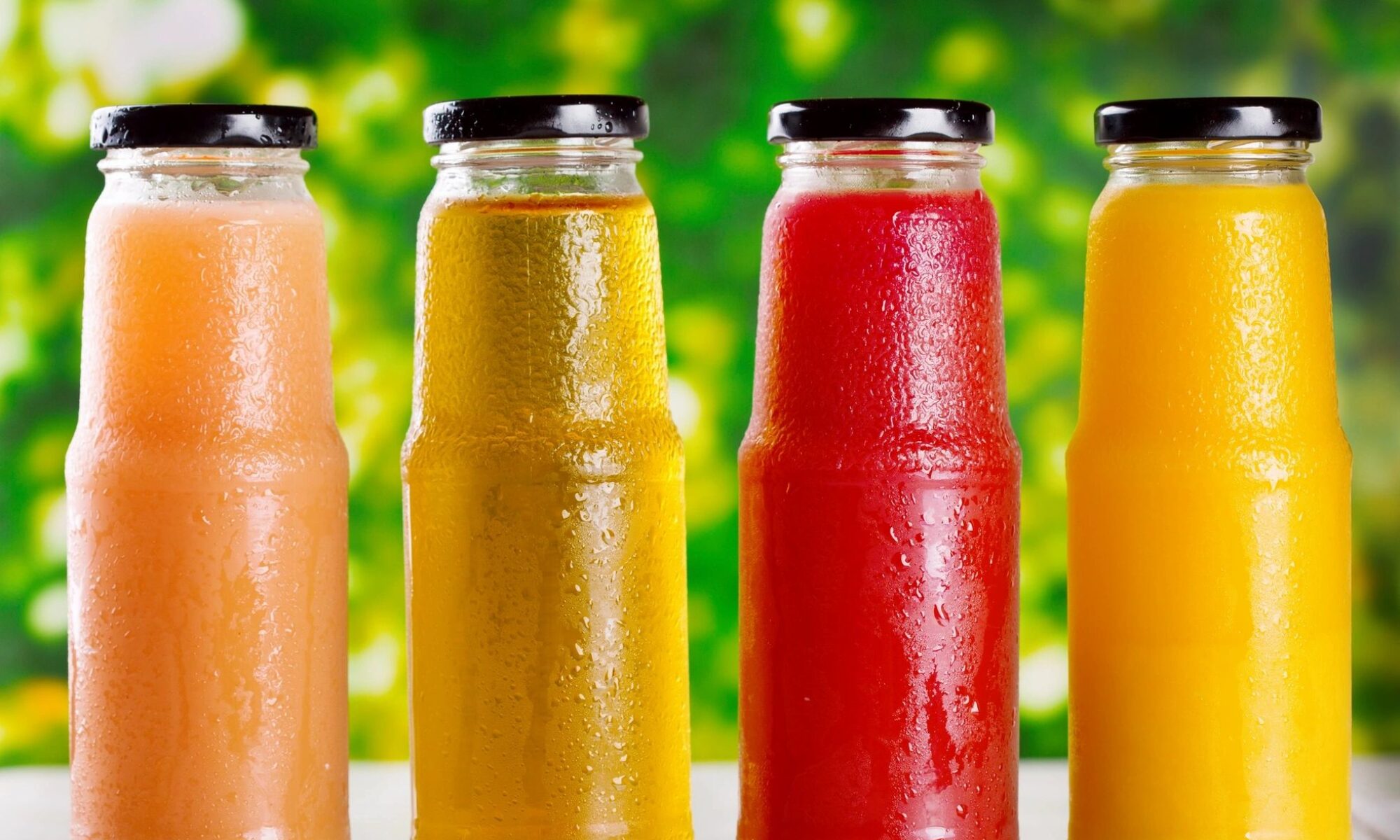
In the previous articles on the history of the beverage industry, we discussed the origins of carbonated soft drinks and their further development. We also covered the new age craze for fruit juices and ready to drink tea, two types of beverages that are still quite popular today.
Now, I am going to cover the formation and development of sports drinks and bottled water. Both have a significant influence on the beverage industry and are still going strong today, especially bottled water, without which some people can’t live.
The Strange Beginning of Beverages for Athletes
In part 2 of the series, we briefly touched on New Age Beverage called Snapple. However, the origin of sports drinks goes much further back in history, as far as the 19th century. Back then, it wasn’t known what kind of beverage could help athletes perform better and replenish their energy when needed.
Some athletes were used to drinking beer (yes, beer), but with significantly lower amounts of alcohol. It was thought that low alcoholic content could replenish water, minerals, and energy in our bodies. But back then, they didn’t have the benefits of modern studies we have today. We take our sports drinks and our electrolyte water for granted today, but in the early 19th century, they had to make do with what they could.
Lucozade – the First Sports Drink
It wasn’t until 1927 when the first real sports drink was developed and launched. It was dubbed ‘Glucozade,’ but shortly after changed to the less tongue-twisting and more catchy ‘Lucozade.’ Barely a century later, the sports drink industry is worth more than $4.6 billion. But let’s not rush into things, as we are still far from the billion-dollar industry we have today.
A British pharmacist from Newcastle, named William Walker Hunter developed Lucozade in 1927. It wasn’t considered to be a sports drink at that point, but a medical aid drink for athletes. It was a pure glucose and water mixture that was made to provide a natural source of much-needed energy for athletes. The rights to the drink were sold in 1938 to the famous Beecham Group, which was the first to truly commercialize and mass-produce it. Beecham Group was also the company that changed its name to Lucozade.
The first Lucozade only had one flavor – a distinctively sweet one with citric overtones. It was sold in a yellow cellophane wrap until the 1980s when it was rebranded once again. Their first slogan was ‘Lucozade aids recovery.’ When they rebranded in 1984, the bottle was changed to a classic plastic one, like those used for most beverages today. The more significant change was a marketing one. The company only marketed the product as a beverage for the sick, instead of a drink that can replenish energy.
The sales then tripled, and the company was sold later in 1989 and once again in 2013 to the Japanese company Suntory for £1.35 billion. Today, Lucozade is the number one sports drink in the UK.
A Stronger Player Enters the Market

Despite its relatively high success as a medical product, Lucozade missed the real success it could have had. The sports drink market was just emerging, and it was another product that took it to new heights – Gatorade. Today, most people across the globe have heard of Gatorade, but not many can say the same for Lucozade.
All in all, Gatorade started in 1965 and it essentially created and quickly dominated the new market of sports drinks. Even though Lucozade started it all, it was considered a medicinal drink all the way to the late 1980s when they first rebranded their drink as a sports beverage.
Gatorade, on the other hand, was envisioned by coach Dwayne Douglas as a sports drink that could help the University of Florida football players. He noticed that they tended to lose weight from training and playing. They were urinating less even though they drank lots of water, and they also suffered from heat strokes on occasions. To help them, coach Douglas decided to join forces with a kidney disease specialist from the University – Dr. Robert Cade.
The doctor realized that he only needed to add sugar and salt to the water to help athletes replenish the energy they lost when playing. His drink was mostly the same as Lucozade, but it contained less sugar and some salt – which Lucozade didn’t have. The drink Dr. Cade made didn’t taste good, so his wife suggested adding lemon juice to make it more appealing. That made all the difference in the world, and the now-famous drink was made. It was named Gatorade because it was essentially created for football players at the University of Florida – the Gators.
So, the drink was made and given to the Gators in 1966. They immediately started performing better, lost less weight, and had fewer problems with the heat. The drink started being distributed by the Stokely-Van Camp Co. but was subsequently acquired by Quaker Oats in 1983. Later in 2001, Quaker Oats was purchased by Pepsi, and with the purchase, they gained all the rights to Gatorade.
Other Players on the Market and What Makes All of Them Successful

Lucozade marked the beginning, Gatorade started the craze, but other sports drinks also contributed to the massive expansion of the entire market. Coca Cola has its own version called Powerade. Then there’s California-based Muscle’s Milk, Aquarius from Coca Cola, the global Herbalife, Pepsi’s All Sport, and Japanese-based Pocari Sweat to name a few. More recently the phenom Body Armor was successfully launched by beverage entrepreneurs Lance Collins and Mike Repole. Coca Cola recently purchased a minority interest in the Company and will distribute it in the United States, somewhat sidelining their other sports drink entry, Powerade.
The success of all of these different brands lies in the mixture that was primarily created by Dr. Cade. Naturally, it was refined by many of the previously mentioned companies and brands, but the basic concept remains the same.
Almost every sports drink is a blend of electrolytes and carbohydrates. Virtually all of the carbs come from sugar, which is much needed for muscles. Electrolytes are usually a mixture of salt and potassium, and they replenish everything you lose through sweating. Outside of that, most sports drinks contain some flavors and colors to make them tasty and appealing to larger masses.
The Health Benefits and Problems
It’s vital to note that sports drinks can be useful, but not always. First of all, they contain a lot of calories; a large bottle of Gatorade has around 200 calories, which can often be a lot more than you can burn during a workout.
What’s more, many scientists state that if you’re not exercising for more than 90 minutes, then there’s no need to consume a sports drink at all, because in these cases, your body doesn’t require more sugar and electrolytes. Thus, it stands to reason that the Gators initially benefited from Gatorade because they trained and played for much more than an hour and a half.
For these reasons, sports drinks are often marketed as soft drinks. They contain less sugar than regular soda, but they still contain an amount that your body rarely needs if you’re following healthy nutrition every day. They are more beneficial for athletes who undertake rigorous and longer training sessions, not for people doing regular exercise.
The sports drink market is projected to grow at a CAGR of 4.31% to reach US $28.584 billion by 2023, from US$22.193 billion in 2017. “Growing health awareness including the importance of hydration in the human body is one of the major drivers driving the growth of the global sports drink market. Popular brands include Gatorade, Powerade, Staminade, Jianlibao, Pocari Sweat, Maidong (Vitamin Water), All Sport and 100Plus among others” according to Research and Markets.
For more information about Cascadia Managing Brands, please go to our website
